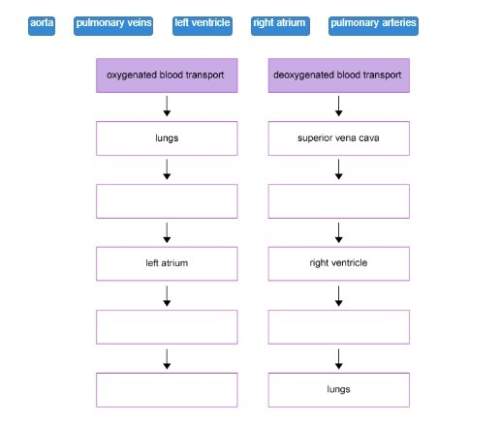
Biology, 06.05.2020 04:25 loganparrish5370
Although we think of land when we hear the word biome, there are also aquatic biomes. The abiotic factors that influence life forms vary with location within ocean systems. Oceanographers divide the ocean into five broad vertical zones as seen in the chart above. Compare the characteristics of the five zones. The giant tube worms, Riftia pachyptila, pictured here, have a red "plume" at the tip of their free end which is an organ for exchanging compounds with the environment. The tube worm does not have many predators. If threatened, the plume may be retracted into the worm's protective tube. The plume provides essential nutrients to bacteria living inside the worm. Tube worms have no digestive tract, but the bacteria, which may make up half of a worm's body weight, convert the oxygen, hydrogen sulfide, carbon dioxide, taken in by the plume, into organic molecules on which their host worms feed. Compare this information with the information in the chart. Where could these worms live?

Answers: 2


Another question on Biology

Biology, 21.06.2019 22:00
What types of energy transfers and energy transportations are involved in the domino chain reaction?
Answers: 1

Biology, 22.06.2019 08:00
Which set of terms best describes a community of miners who live out in the countryside of west virginia and use specialized geological equipment to analyze the composition of rock?
Answers: 1


You know the right answer?
Although we think of land when we hear the word biome, there are also aquatic biomes. The abiotic fa...
Questions







Chemistry, 30.07.2019 20:30

Advanced Placement (AP), 30.07.2019 20:30


History, 30.07.2019 20:30





Physics, 30.07.2019 20:30

Biology, 30.07.2019 20:30


Mathematics, 30.07.2019 20:30

Spanish, 30.07.2019 20:30




